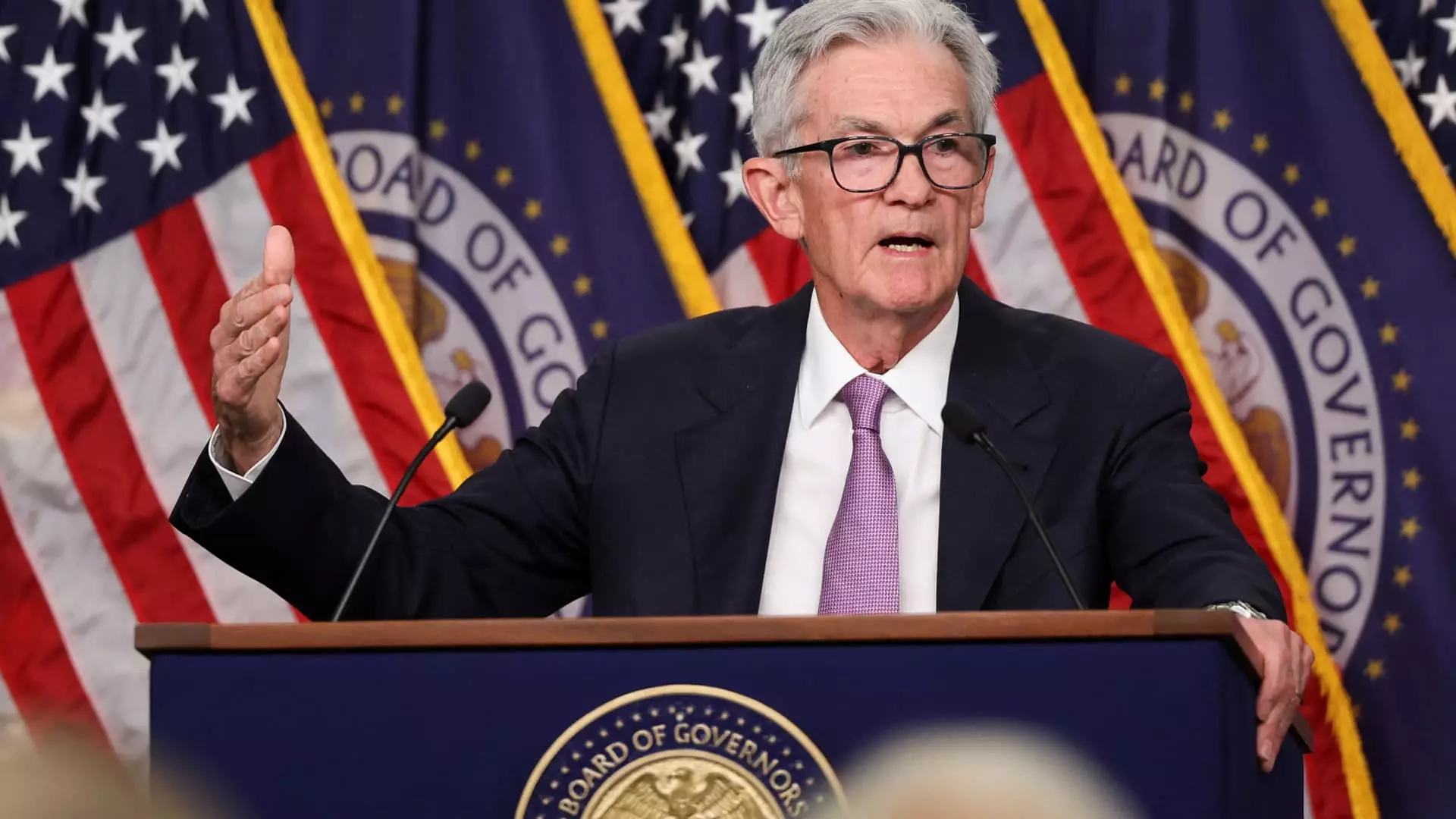In recent months, the Federal Reserve has engaged in a significant recalibration of its monetary policy, marked by two consecutive interest rate cuts aimed at achieving a delicate balance between inflation management and employment support. Following a half-percentage point reduction in September, the Federal Open Market Committee (FOMC) further reduced the benchmark overnight lending rate by 25 basis points, bringing it to a target range of 4.50% to 4.75%. This adjustment reflects a strategic shift in the Fed’s approach, intent on navigating the challenges of the current economic landscape while considering the evolving dynamics of inflation and labor market conditions.
Market Reactions and Expectations
The recent interest rate cut was widely anticipated by markets, reflecting a growing consensus among analysts and investors regarding the need for an accommodative monetary stance. The unanimous decision by FOMC members, including Governor Michelle Bowman—who had previously opposed the September rate cut—suggests a stronger alignment among policymakers about the appropriate course of action. However, despite the Fed’s efforts, market responses indicate a degree of skepticism; yields on U.S. Treasury bonds and mortgage rates have increased, suggesting that more stringent financial conditions might underline investors’ expectations of future economic performance.
Reassessing Economic Indicators
The FOMC’s policy revisions also reveal a nuanced reassessment of economic indicators. While the statement acknowledges that the labor market remains resilient, it indicates signs of easing, with a slight uptick in unemployment rates. Moreover, the committee’s assessment of inflation now reflects a more cautious stance, as statements that once conveyed “greater confidence” have shifted to describe risks being “roughly in balance.” Such language suggests a growing awareness that while inflation pressures persist, the employment landscape is becoming a pressing concern.
The recent election of President-elect Donald Trump introduces a new variable in the economic equation. The potential implications of his administration’s policies, particularly those aimed at implementing protective tariffs and radical immigration reform, could significantly affect inflationary pressures and labor supply dynamics. Historically, Trump’s first term saw relatively stable inflation alongside steady growth, prompting questions regarding the Fed’s responsiveness to an evolving political landscape. Nevertheless, Fed Chair Jerome Powell emphasized that the Fed’s monetary policy would remain independent of political influence, asserting that immediate election outcomes would not drive their decisions.
Future Trajectories of Monetary Policy
Market observers are now keenly focused on identifying the “terminal” rate— the point where the Fed determines that further cuts are unnecessary and monetary policy is neither constraining nor invigorating growth. Predictions from various financial analysts suggest that the Fed may implement another quarter-point reduction in December, followed by a pause in January, allowing time for the economic impacts of prior adjustments to materialize. Such deliberate pacing indicates a careful consideration of market and economic responses rather than a hasty or reactionary approach.
Despite the Fed’s intention to orchestrate a “soft landing”—an endeavor to rein in inflation without precipitating a recession—significant challenges remain. Current inflationary data reveals a year-on-year rate just above the Fed’s 2% target, with core inflation factors, excluding volatile food and energy prices, resting at 2.7%. For households, the prospect of rising living costs juxtaposed with potentially softened wage growth presents a complicated reality. The economic outlook remains mixed, characterized by solid GDP growth rates that nonetheless fail to meet initial forecasts. This divergence underscores the complexities facing the Fed as it attempts not to stifle growth while actively managing inflation pressures.
The Federal Reserve’s recent actions signify a critical moment in its ongoing efforts to navigate the labyrinth of economic recovery and financial stability. In reducing interest rates, the FOMC strives for a careful equilibrium—supporting labor markets while combating the enduring challenge of inflation. The future of monetary policy will likely remain dynamic, shaped by economic indicators, market sentiments, and broader political currents, all of which will play a crucial role in determining the trajectory of the U.S. economy in the coming months. As policymakers proceed, the confluence of these factors will necessitate both strategic foresight and adaptability amidst an ever-evolving financial landscape.

